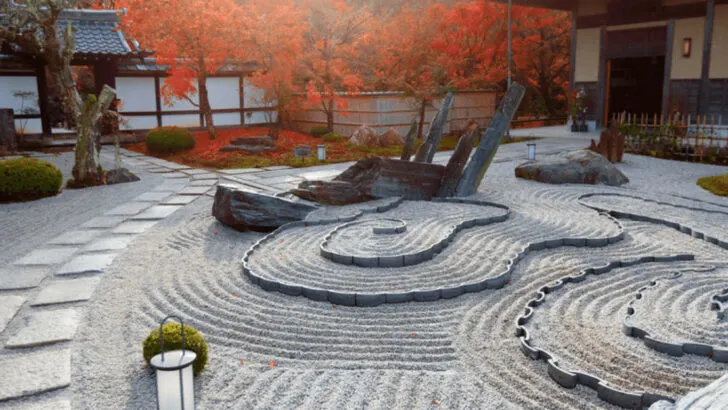Grass is overrated. There, we said it. The mowing. The watering. The constant battle against patches, pests, and that one stubborn weed that keeps winning. It’s time to break up with your lawn and fall in love with something bolder, cleaner, and way more interesting. Think gravel paths that crunch underfoot. Wildflower beds buzzing with life. Stone patios that beg for a fire pit and a cold drink. This is landscaping without the stress—or the sprinkler system. Some ideas shine. Others flop harder than a soggy turf in July. We’re sharing the best no-grass designs that actually deliver—and calling out the ones that look good online but disappoint in real life.
Gravel and Stone Gardens
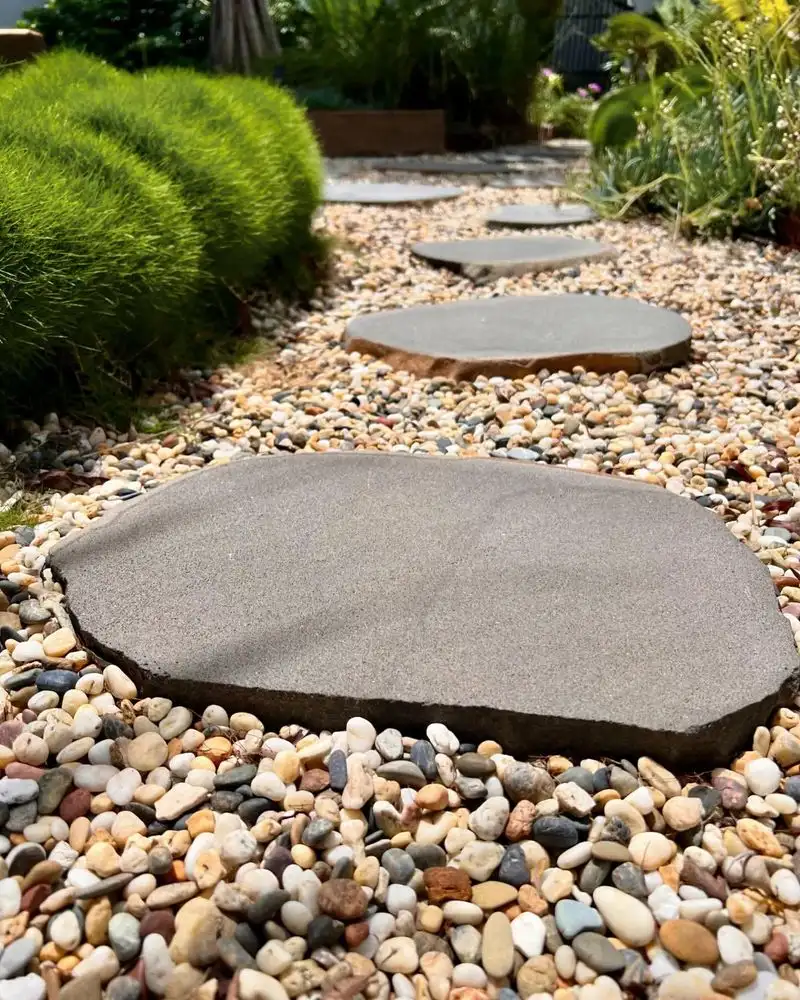
Gravel pathways meander through gardens, creating visual interest with minimal maintenance. Decorative stones add structure and allow for great drainage. They harmonize easily within natural settings, offering a neutral palette that complements a variety of landscapes.
One unique aspect of gravel gardens is the use of crushed granite or pea gravel, which stays cool underfoot, making it ideal for areas prone to drought. It requires less care than traditional grass lawns, making it a practical choice for busy homeowners.
Mulched Plant Beds
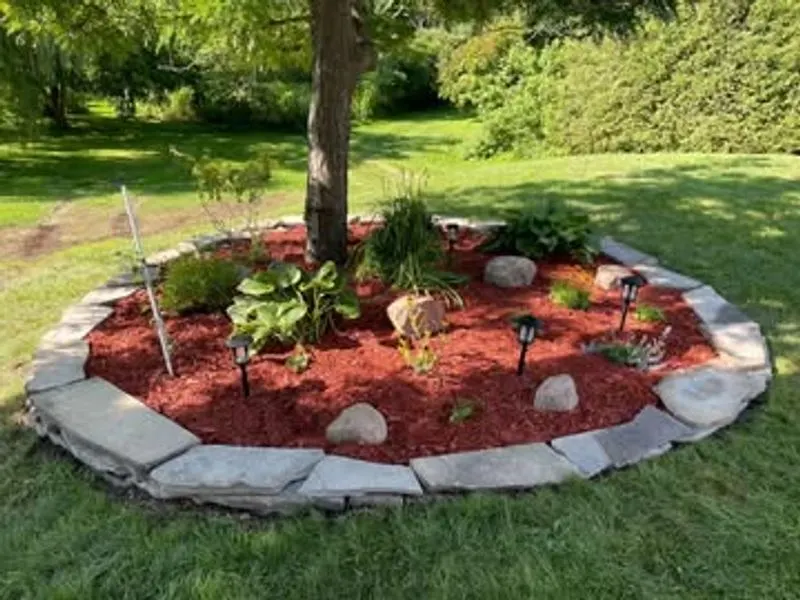
Mulched plant beds offer a tidy, finished look around shrubs and flowers, suppressing weeds and retaining soil moisture. Over time, mulch improves soil quality, providing a nurturing environment for plants.
Cedar or pine mulch not only enhances the garden’s aesthetics but also adds a subtle aromatic scent, creating a welcoming atmosphere. This low-maintenance option is perfect for those looking to reduce garden upkeep while still enjoying a lush and thriving outdoor space.
Native Plant Meadows
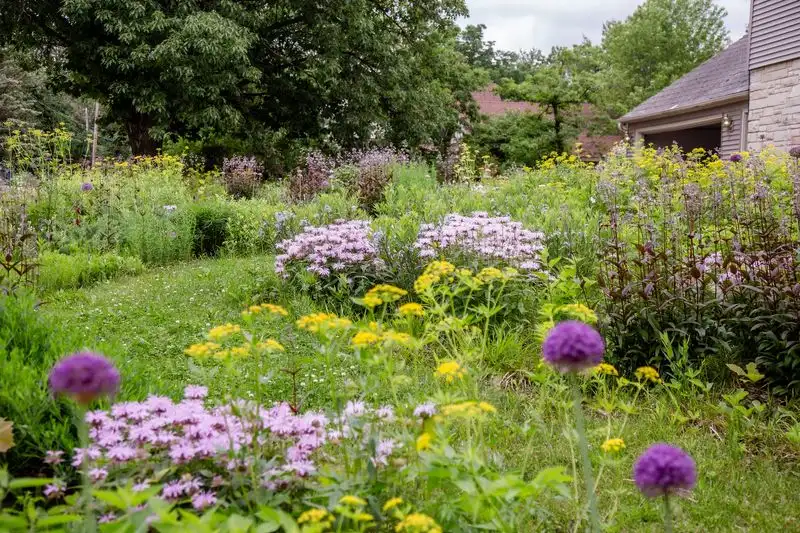
Rewilded spaces with native plant meadows require minimal irrigation, attracting birds, butterflies, and bees to your garden. These meadows shift naturally with the seasons, providing year-round visual interest.
By choosing plants specific to your region, you support local wildlife and create a sustainable landscape. Native meadows offer a dynamic and ever-changing beauty, making them an eco-friendly choice for nature enthusiasts and those seeking a more naturalistic garden.
Creeping Ground Covers
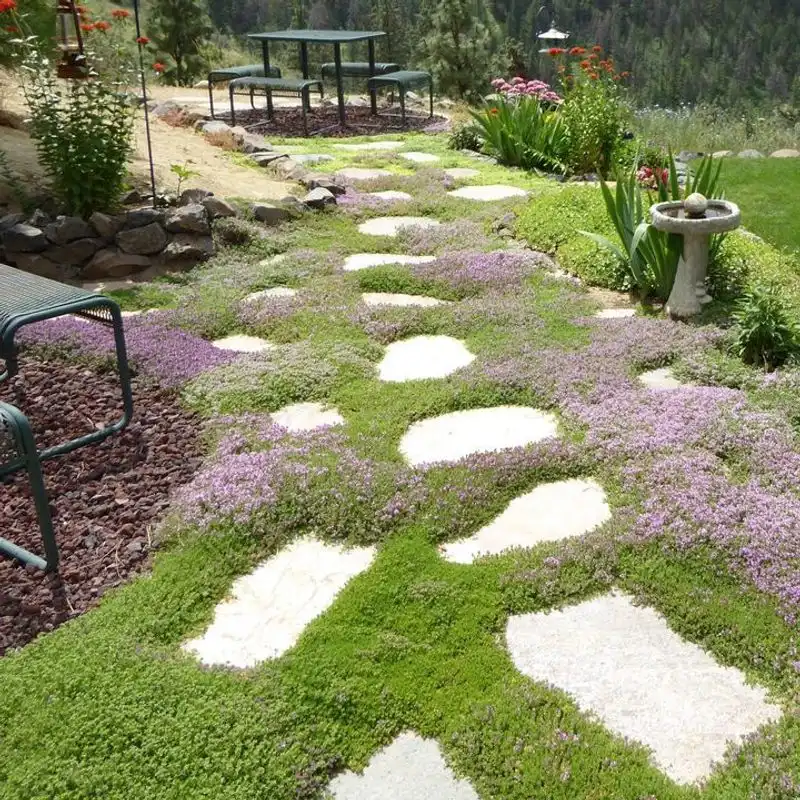
Creeping ground covers like thyme, clover, or creeping Jenny fill spaces with color and texture. These low-growing plants are ideal for reducing maintenance compared to traditional grass lawns.
Some varieties, like woolly thyme, release a pleasant fragrance when stepped on, adding an extra sensory dimension to your garden. Ground covers are perfect for those looking for a vibrant, living carpet without the hassle of mowing.
Patio or Courtyard Spaces
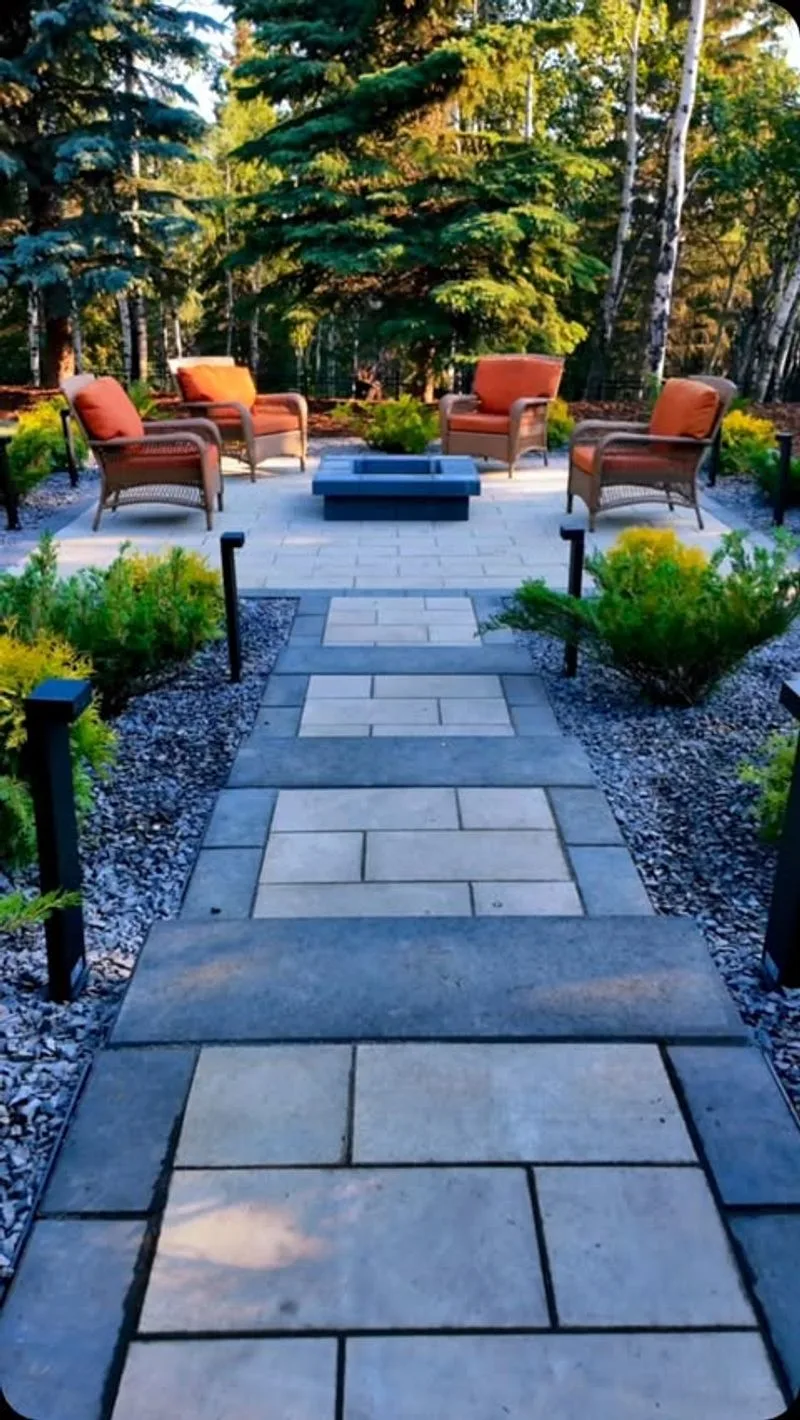
Patio or courtyard spaces transform outdoor areas into functional living rooms. A paved or bricked surface offers a clean, easy-to-maintain area for gatherings and relaxation.
Pairing these spaces with pots, shade sails, or furniture personalizes them, creating an inviting outdoor retreat. Mixing pavers with pea gravel can soften the look, offering a seamless transition without the need for grass.
Dry River Beds
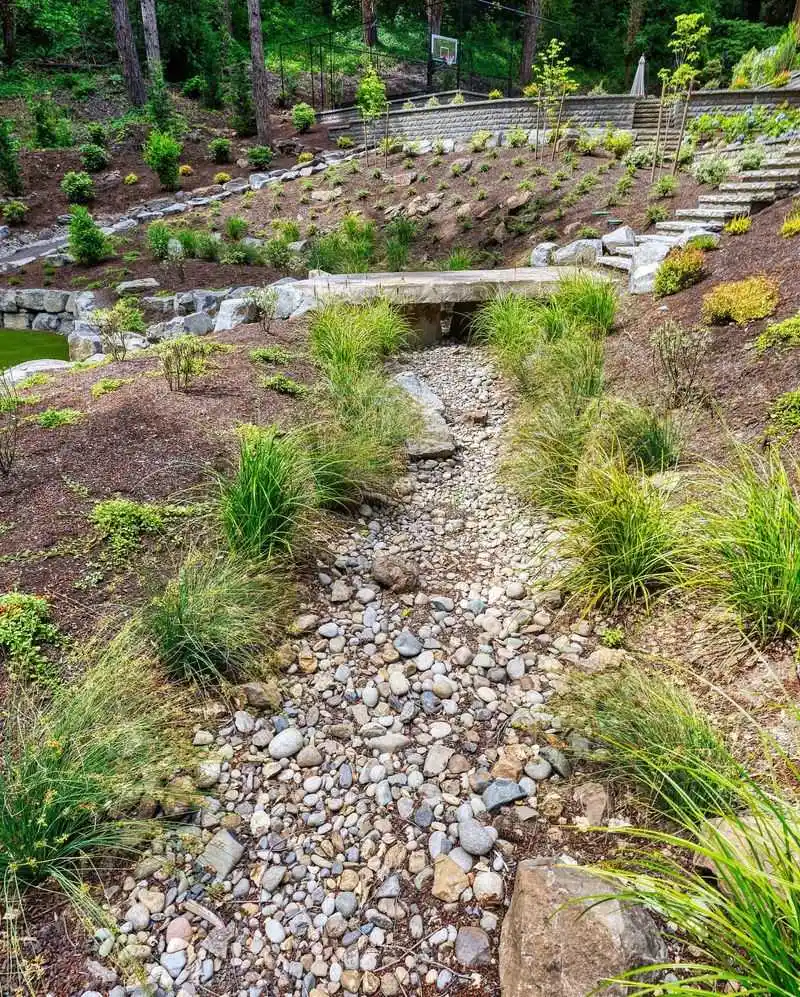
Dry river beds mimic natural streams, using smooth rocks and curves to guide rainwater runoff effectively. They break up open spaces and improve drainage, lending a natural aesthetic.
When carefully lined with native grasses or small boulders, these features appear intentional and artfully crafted. Dry river beds can be a striking focal point in your garden, offering both beauty and practicality.
Raised Garden Beds
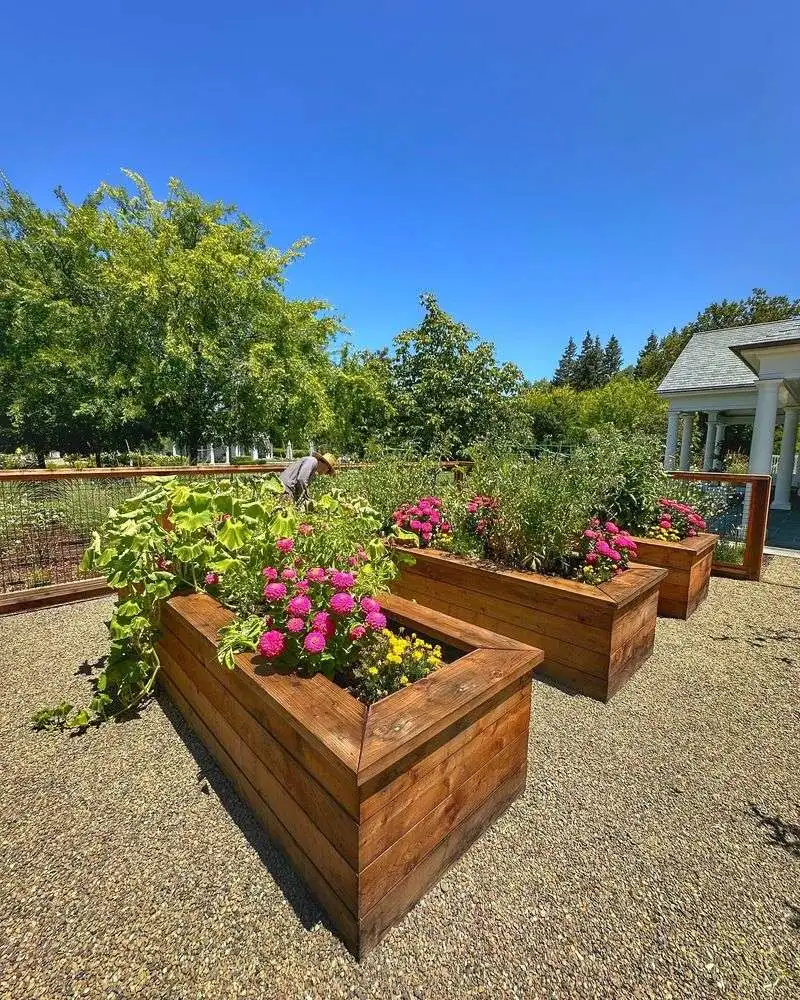
Raised garden beds offer color and structure, making plant care easier and more efficient. Boxed beds filled with veggies or flowers reduce the need for bending and allow for improved soil control.
These beds can be crafted from wood or metal, matching your home’s style or serving as mini fences. Raised beds bring a sense of order to your garden, perfect for urban gardeners and those with limited space.
Wood Chips or Bark Pathways
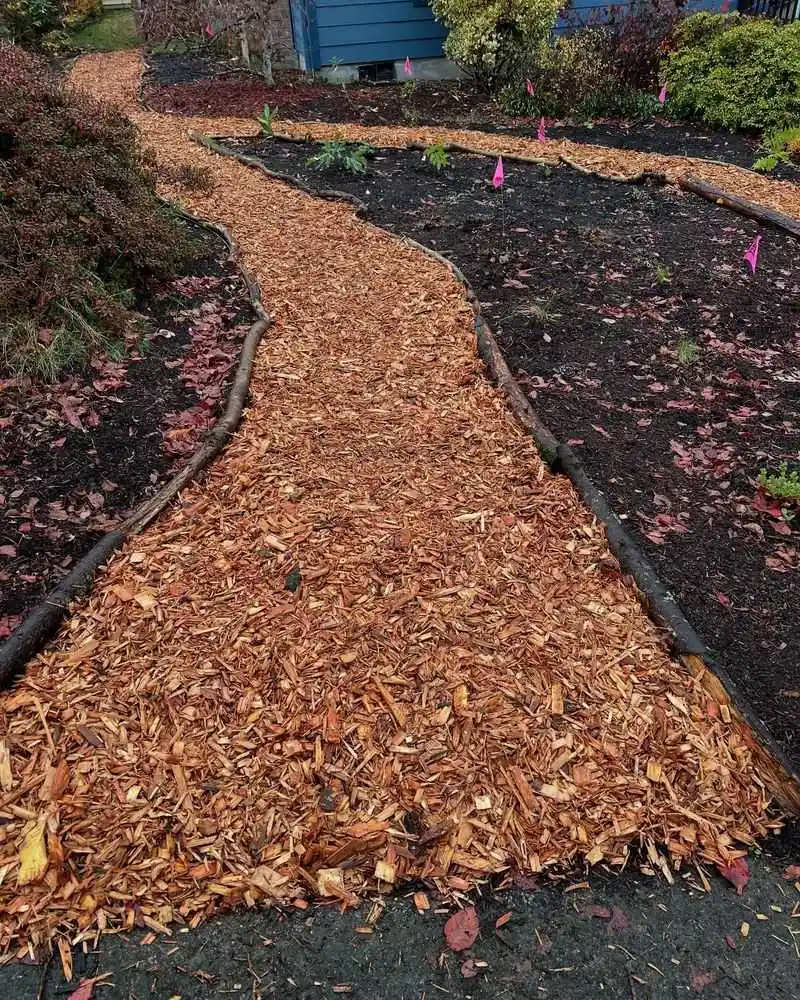
Wood chips or bark pathways provide a budget-friendly solution that feels soft underfoot and complements natural surroundings. They are particularly effective around trees or garden sheds, reducing muddy areas during rainy seasons.
Over time, the wood chips break down, enriching the soil beneath. This sustainable pathway option offers a rustic charm, making it an attractive choice for eco-conscious gardeners.
Artificial Turf (High Quality Only)
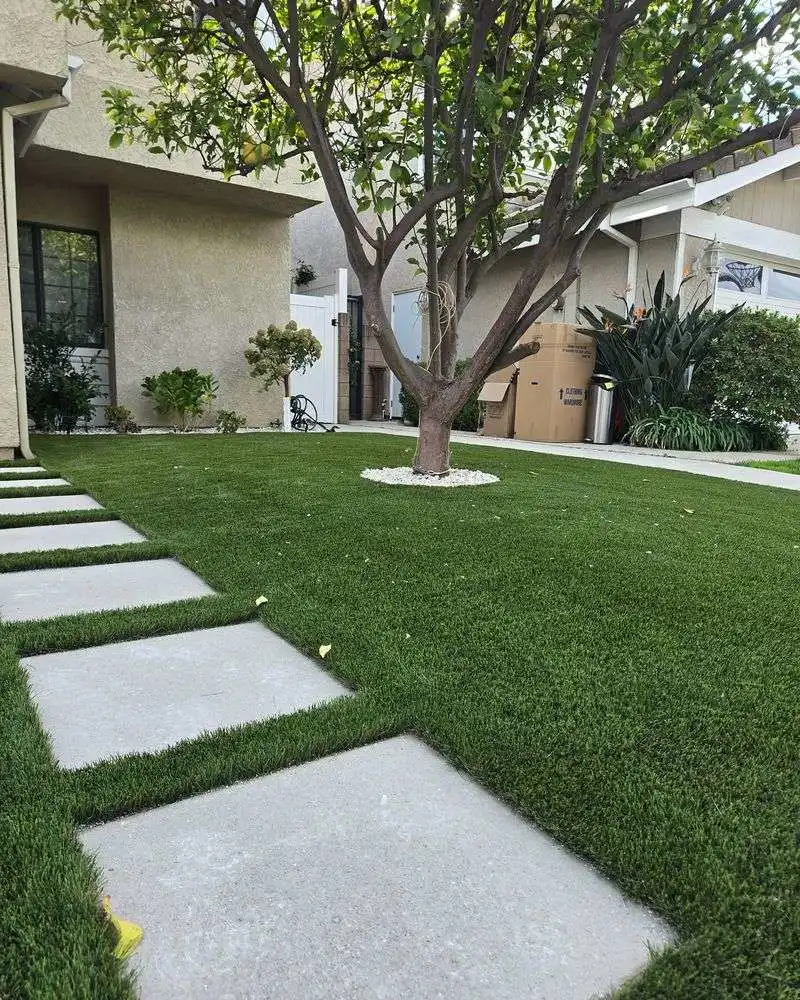
Modern artificial turf offers a lush, green appearance without the maintenance demands of real grass. High-quality options feel realistic and are durable, making them ideal for play areas or spaces frequented by pets.
Proper installation with good drainage and infill ensures that the turf remains functional and cool. This solution is perfect for small spaces where traditional grass struggles to thrive, providing a year-round green oasis.
Succulent or Rock Gardens
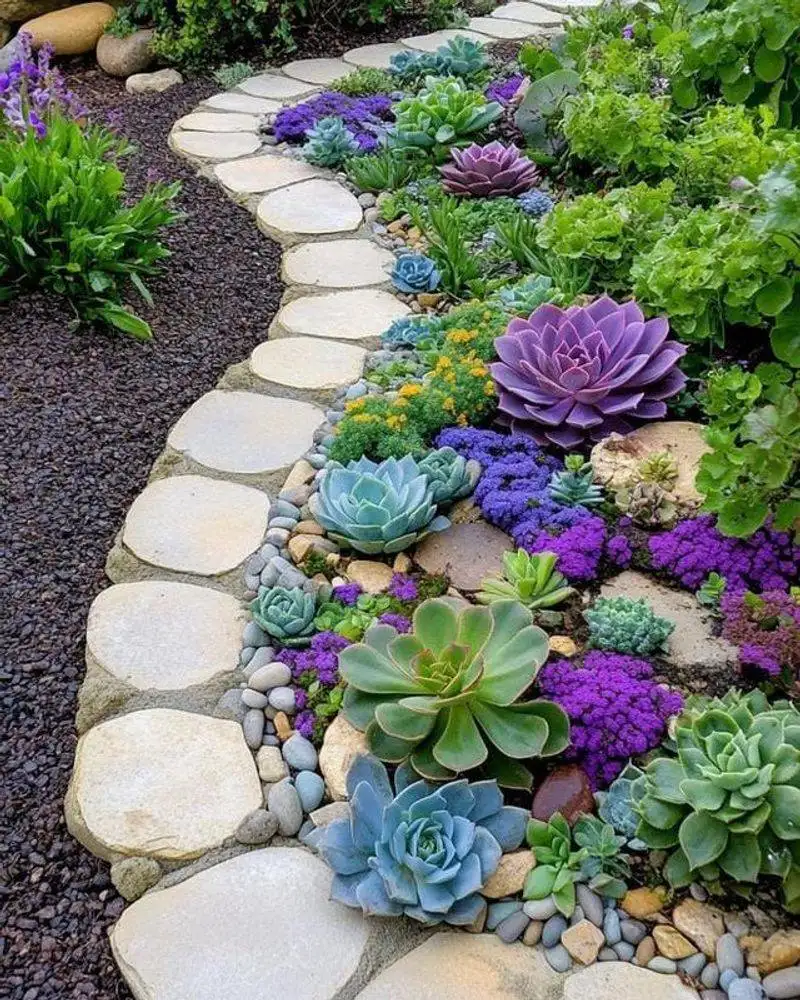
Succulent and rock gardens thrive in sandy soils with minimal watering. These gardens feature plants like sedum and echeveria, offering unique shapes and subtle hues.
Ideal for sloped yards or desert-style landscapes, succulent gardens are a low-maintenance and visually intriguing option. They lend a modern edge to your garden while conserving water, making them a wise choice for arid regions.
Shade Gardens with Ferns and Hostas
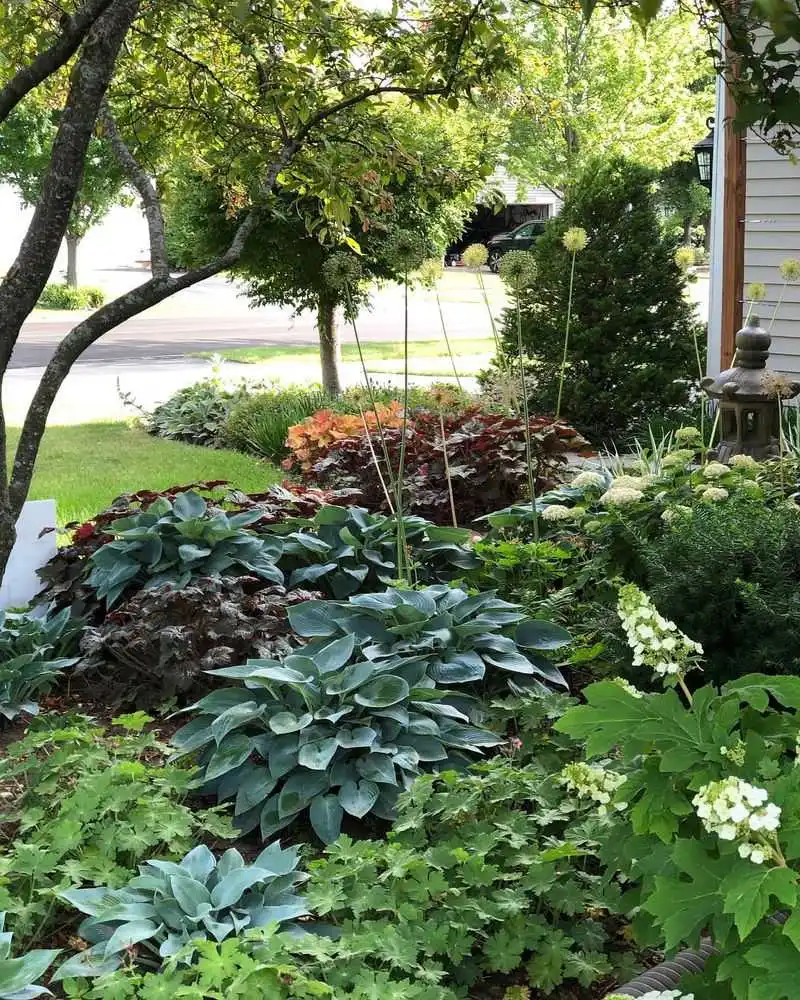
Shade gardens provide an opportunity to explore a different palette, with plants like ferns and hostas thriving in lower light conditions. These broad-leaved beauties return each year with minimal intervention.
Many hosta varieties are resistant to pests like slugs, adding both texture and resilience to your garden. Shade gardens create a tranquil retreat, perfect for spaces not suited to sun-loving plants.
Container Gardens
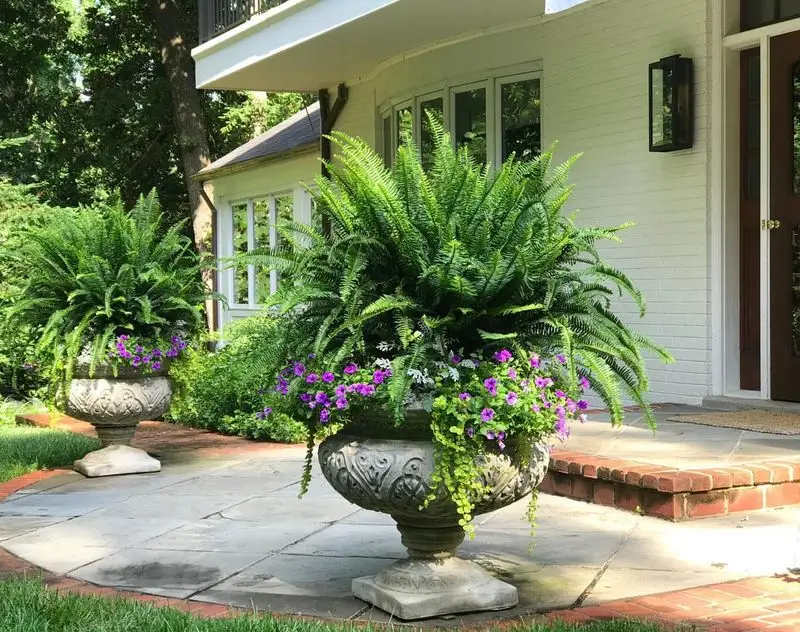
Container gardens allow flexibility and creativity, perfect for patios or decks. Grouping pots of varying heights creates a dynamic display, easy to move and manage compared to traditional gardens.
Ideal for renters or those with poor soil conditions, container gardens can be tailored to any style or preference. This adaptable approach lets you experiment with different plant combinations, keeping your outdoor space fresh and lively.
Climbing Vines on Trellises
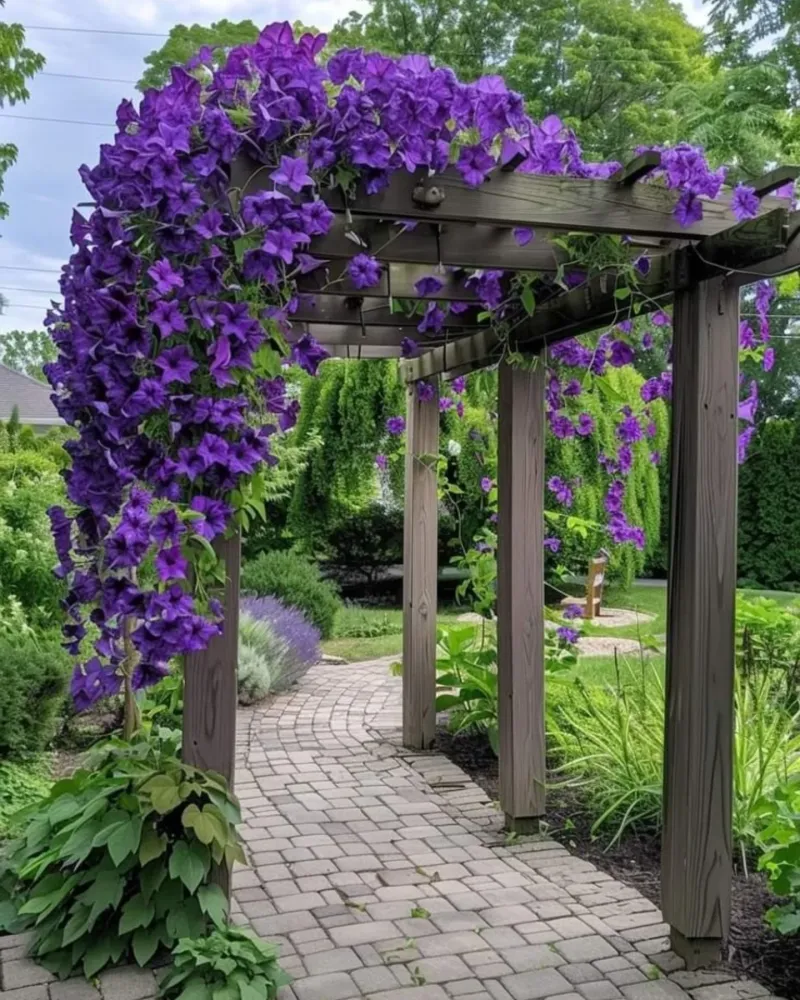
Climbing vines add vertical interest to gardens, softening fences or walls without occupying floor space. Vines like clematis, jasmine, or ivy offer seasonal color and natural privacy.
These versatile plants can transform plain structures into lush, living backdrops. The beauty of climbing vines lies in their ability to adapt to different settings, providing both aesthetic and functional benefits.
Edible Landscapes (Foodscaping)
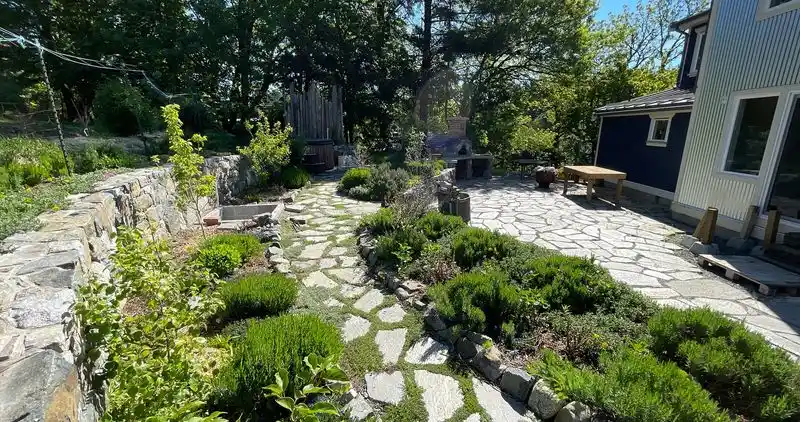
Edible landscapes combine beauty and practicality, mixing herbs, fruit bushes, and leafy greens into decorative beds. This approach transforms gardens into functional spaces that yield a harvest.
Plants like rosemary, kale, and strawberries serve dual purposes: ornamental and culinary. Foodscaping offers a rewarding way to engage with your garden, providing fresh ingredients right at your doorstep.
Plain Concrete Slabs
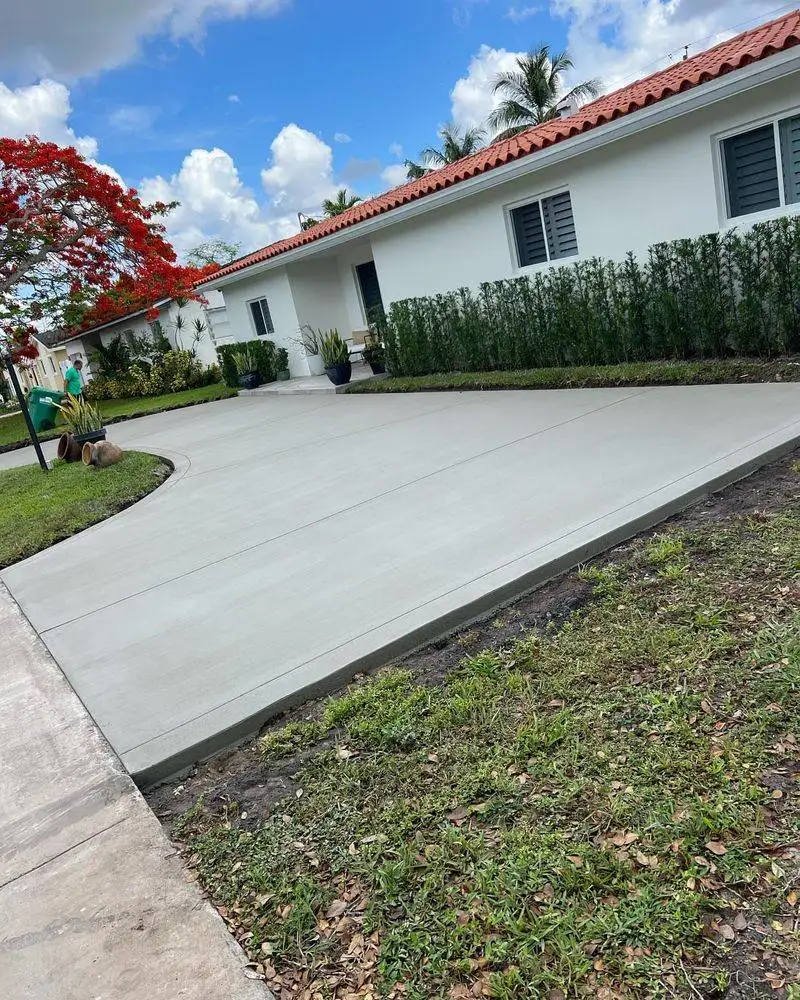
Plain concrete slabs may provide a clean surface but can feel stark and uninviting. They often reflect heat, becoming uncomfortable during summer months if not shaded or decorated.
Cracks are a common issue, detracting from the slab’s appearance and requiring costly repairs. Without personal touches, concrete slabs can lack character, making them a less appealing choice for outdoor spaces.
White Gravel Everywhere
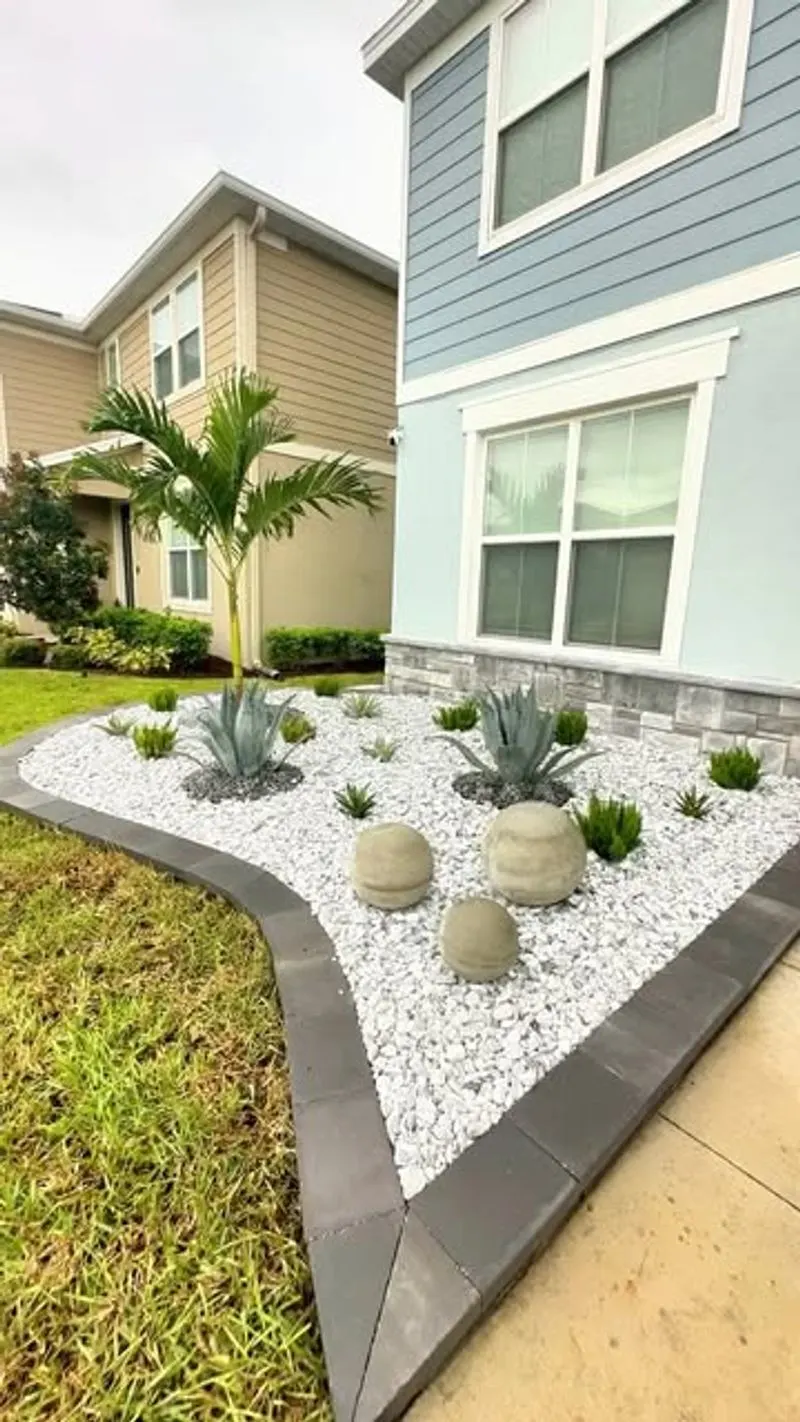
White gravel can initially seem appealing but often appears cold and commercial, especially when used excessively. It reflects too much light, creating an uncomfortable glare.
Debris and weeds stand out against the bright stones, requiring more maintenance than expected. Without the balance of greenery, white gravel can feel dated, losing the natural charm many seek in their gardens.
Cheap Artificial Turf
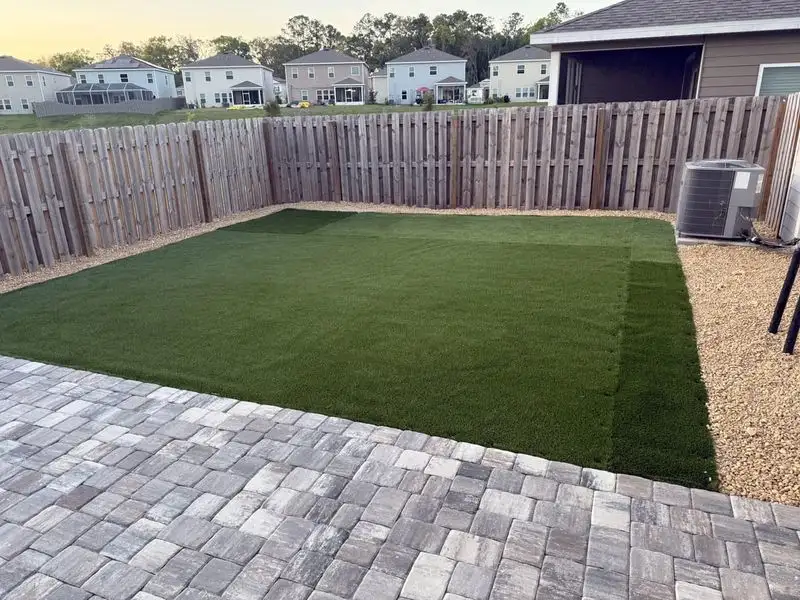
Low-quality artificial turf often disappoints with its unrealistic appearance and rough texture. Over time, it fades, smells, and starts to look worn, failing to meet aesthetic expectations.
The upfront savings can be misleading, as poor-quality turf may need replacing sooner than anticipated. Investing in quality is essential to avoid these pitfalls and ensure a lasting, lush appearance.
Overcomplicated Zen Gardens
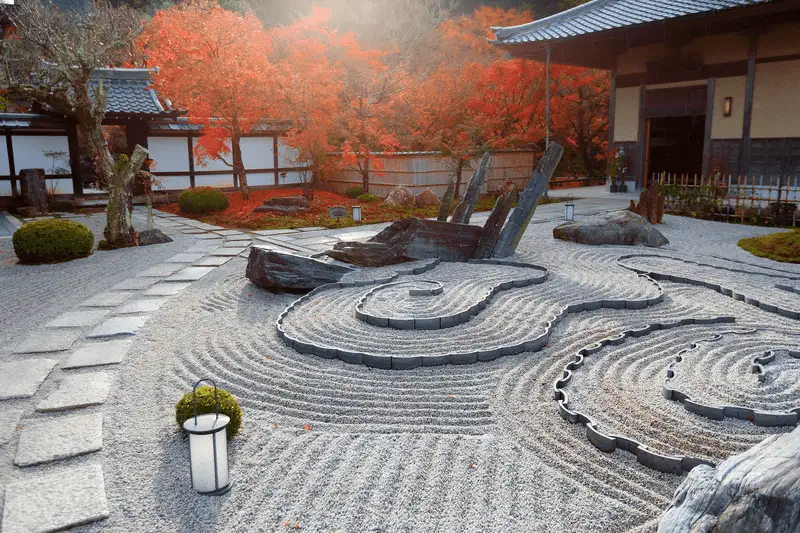
Zen gardens captivate with their serene beauty but often require meticulous care to maintain their pristine appearance. Raked sand and stone arrangements can be disrupted easily by elements like wind or pets.
For those with busy lifestyles or unsuitable climates, these gardens may become more of a burden than a retreat. The careful balance of elements requires ongoing attention, making them less practical for some.
Bare Soil or Dirt Patches
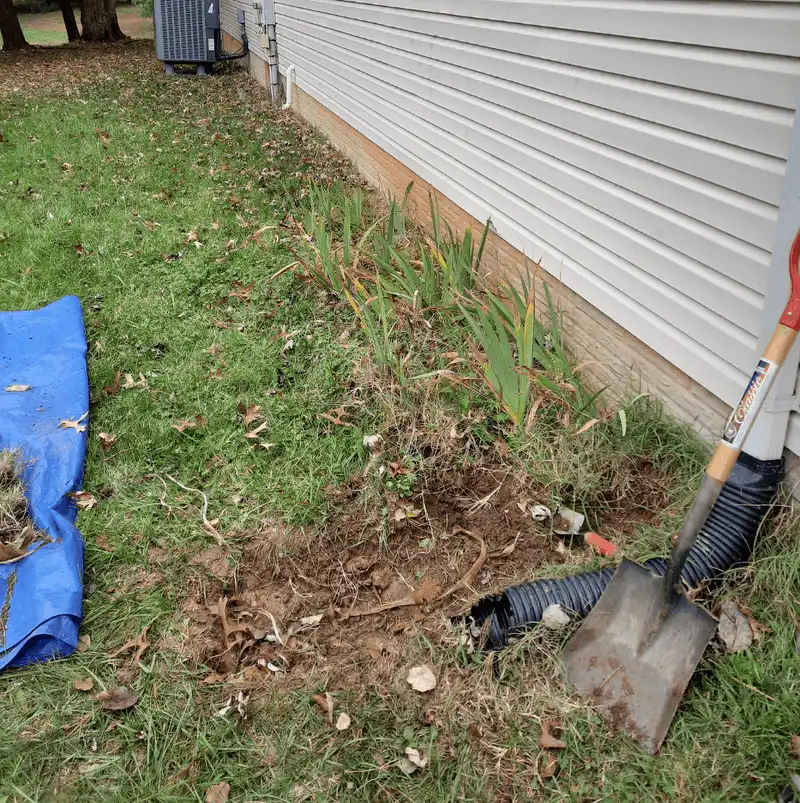
Exposed soil in gardens often leads to problems like erosion and weed growth, resulting in a landscape that feels incomplete. Dusty conditions in dry weather or muddy patches during rain can be unsightly and impractical.
Without adequate planting or mulching, these areas may detract from the overall garden aesthetic, making them a less desirable option for landscaping.
Too Many Potted Plants Without a Plan
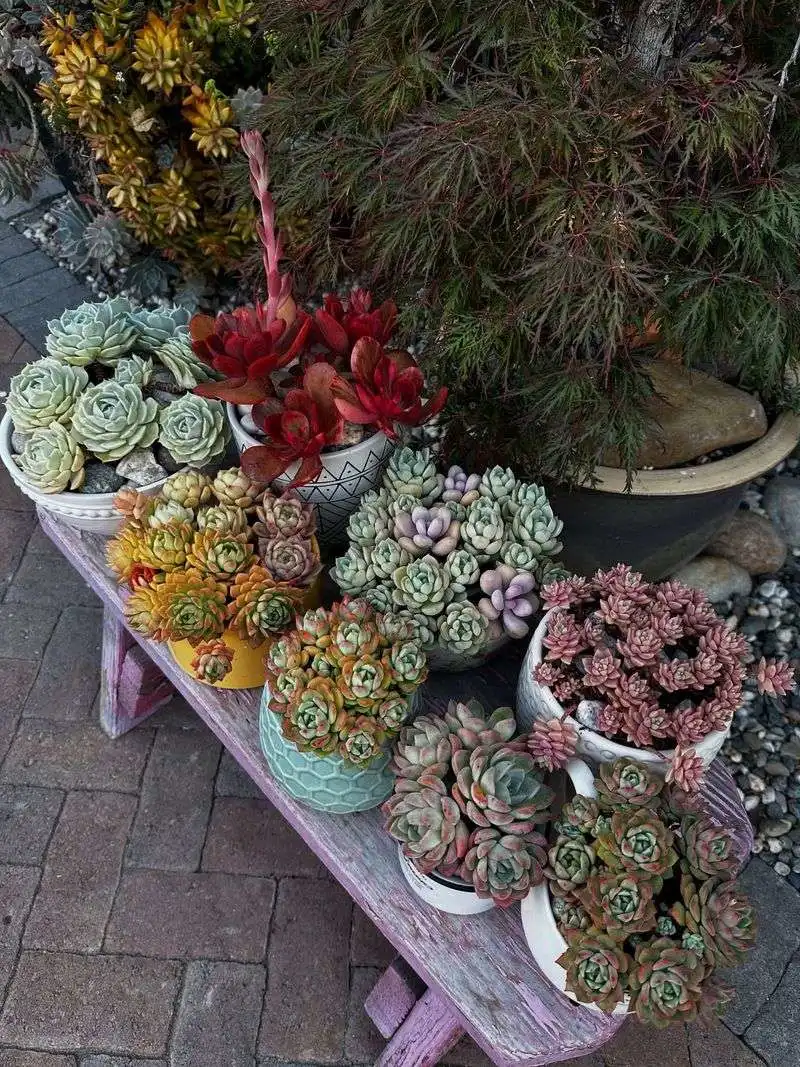
An abundance of potted plants without a clear plan can create visual clutter rather than a calm retreat. Randomly placed pots may lack a unifying theme, leading to a chaotic appearance.
Frequent watering needs and maintenance demands add to the challenge, potentially overwhelming gardeners. Planning and organization are key to avoiding these pitfalls and achieving a harmonious garden design.
Overuse of One Material
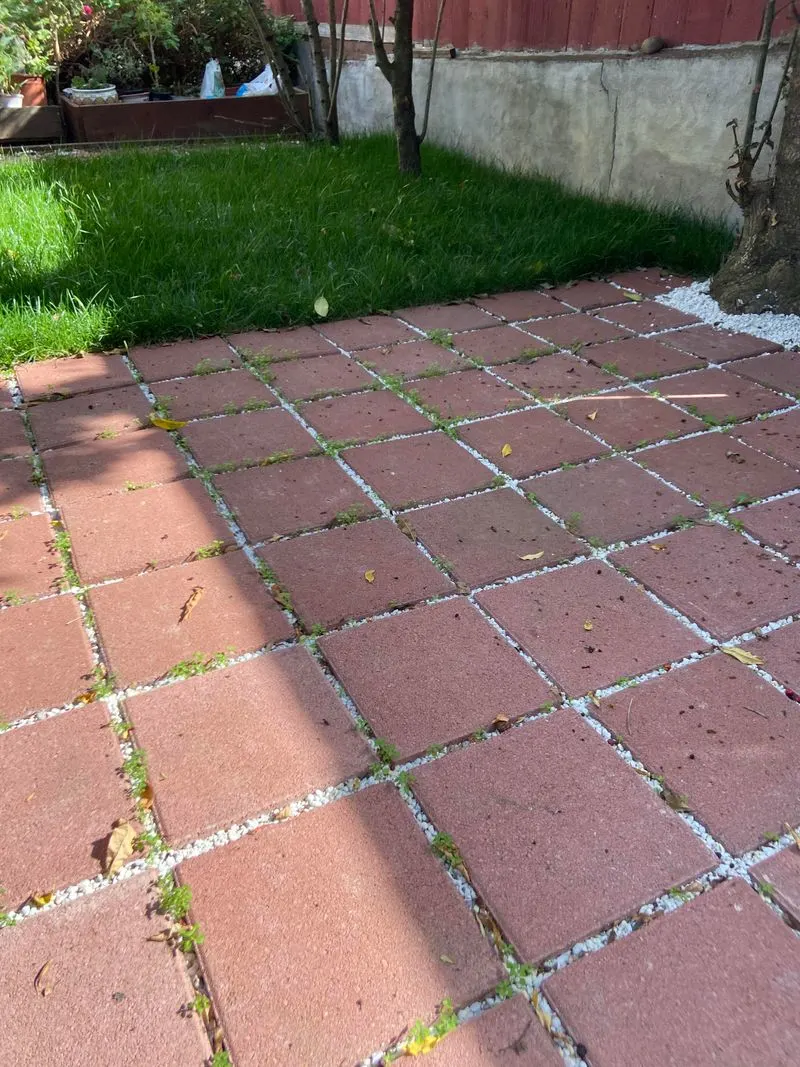
Using one material excessively in landscaping can result in monotony, lacking the visual interest that diversity brings. The absence of contrast may cause the space to feel flat and uninspired.
Even low-maintenance gardens benefit from varied textures and colors to evoke a sense of vibrancy and life. A thoughtful mix of materials can transform a bland landscape into a dynamic and engaging environment.

